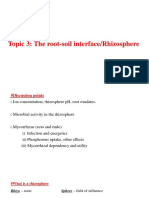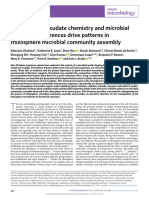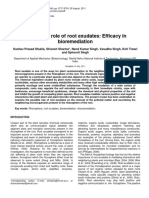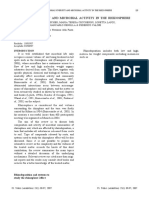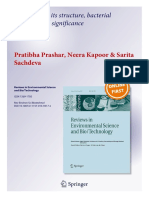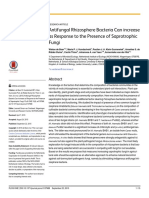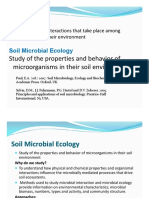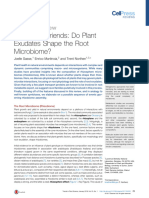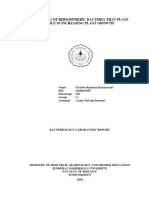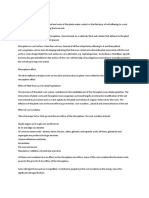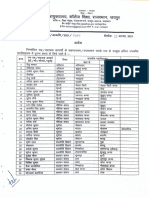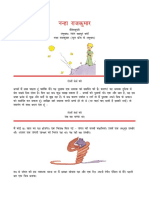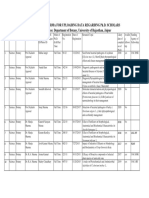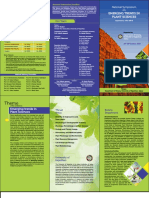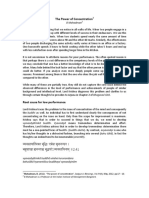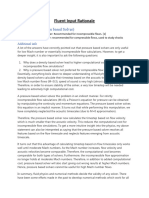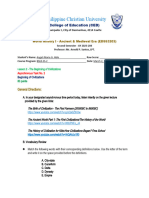0% found this document useful (0 votes)
21 views4 pagesRhizosphere
The rhizosphere is the region of soil surrounding plant roots that is influenced by root secretions and activity. It contains many microorganisms in complex relationships with the plant roots. The term was coined in 1904 to describe the soil compartment influenced by growing plant roots. The rhizosphere can be divided into inner and outer zones, with the inner zone having higher microbial density, nutrient availability, and interactions with root cells. Plants actively shape their rhizosphere microbiome through root exudates that foster beneficial microbes while repelling pathogens. These exudates are important for nutrient cycling and suppressing diseases in the rhizosphere.
Uploaded by
Vikram ChauhanCopyright
© © All Rights Reserved
We take content rights seriously. If you suspect this is your content, claim it here.
Available Formats
Download as PDF, TXT or read online on Scribd
0% found this document useful (0 votes)
21 views4 pagesRhizosphere
The rhizosphere is the region of soil surrounding plant roots that is influenced by root secretions and activity. It contains many microorganisms in complex relationships with the plant roots. The term was coined in 1904 to describe the soil compartment influenced by growing plant roots. The rhizosphere can be divided into inner and outer zones, with the inner zone having higher microbial density, nutrient availability, and interactions with root cells. Plants actively shape their rhizosphere microbiome through root exudates that foster beneficial microbes while repelling pathogens. These exudates are important for nutrient cycling and suppressing diseases in the rhizosphere.
Uploaded by
Vikram ChauhanCopyright
© © All Rights Reserved
We take content rights seriously. If you suspect this is your content, claim it here.
Available Formats
Download as PDF, TXT or read online on Scribd
/ 4




